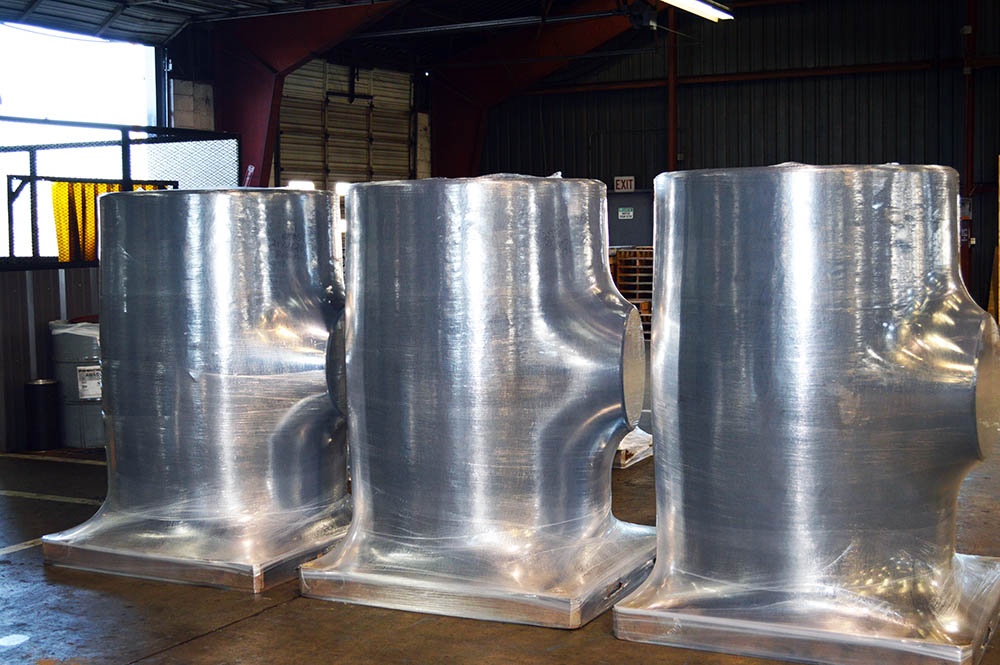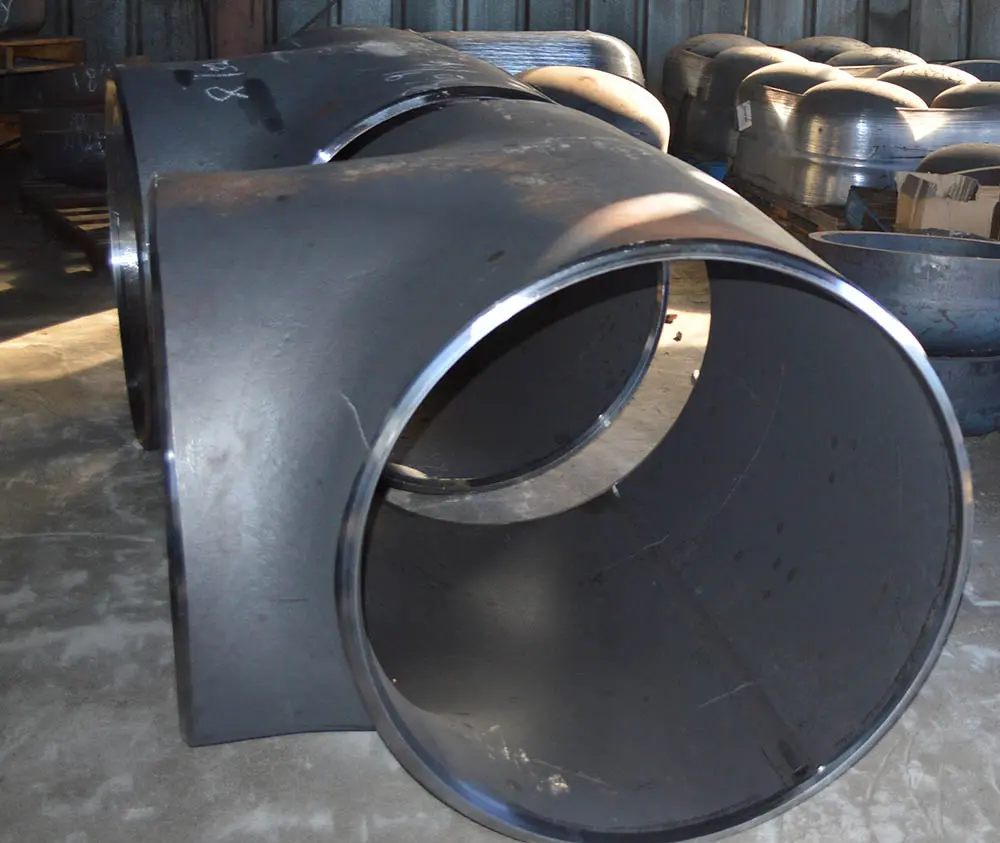Whether the pipe is buried in the earth or exposed to the elements, butt-weld pipeline fittings are a key component of oil and gas transportation architectures. A steel butt-weld fitting plays a crucial role in keeping the pipeline from failing from the massive pressure flows. Butt-weld fittings allow directional changes in the liquids or gasses along the route or in a facility. What are the types of butt-weld pipeline fittings and what are their applications?
Types of Butt-Weld Fittings
In the oil and gas industry, butt-weld pipeline fittings come in a variety of shapes and custom sizes. For example, there are:
- Butt-weld elbows that can alter the flow.
- Butt-weld caps that close off a line either permanently or temporarily.
- Butt-weld reducers that can decrease or increase the pipe diameter.
- Butt-weld tees that split the material’s flow in multiple directions.
These critical parts can be made from material grade carbon, duplex, or nickel alloys. No matter the materials, the butt-weld pipeline fittings must be manufactured according to two critical specifications to handle the concentration of stress at these critical junctures:
- ASME B16.9 for carbon and alloy butt-weld fittings 16” and below
- MSS SP-75 for larger and high yield fittings
Proper manufacturing of butt-weld pipeline fittings lessens the risk of a costly and dangerous rupture of the pipeline. What are the other benefits of these important parts and how are they applied in practice?
Benefits of Butt-Weld Pipeline Fittings
Butt-weld pipeline fittings have important benefits that are out of sight out of mind, typically, until something goes wrong. Selecting the highest quality butt-weld pipeline fittings is critically important to your overall energy infrastructure. Some of the hidden benefits of these components include:
- Strong, leak proof piping connections that can handle daily stresses of massive or small oil and gas flows.
- Minimizing the drops in pressure or increased turbulence caused by production ebbs and flows.
- Long-lasting service life that allows you to build it and forget about it.
Compared to the rest of your equipment, butt-weld fittings are also rather inexpensive to deploy and are highly customizable within the parameters of regulatory rules and general industry best practices. You can control the order to change part thickness, diameter, and even the grade of materials used in producing these parts. That customer-centric approach is critical to helping companies design the correct, most efficient, and secure butt-weld pipeline fitting for their project.
Butt-weld pipeline fittings are an incredibly durable part of your pipeline build, able to withstand the pressure internally as well as the external hard conditions that they are often subjected to. They can tolerate erosion and corrosion better than threaded connection points or socket welded materials. However, proper installation of butt-weld fittings with a highly trained welder onsite will ensure years of proper function and the benefits we’ve described.
Butt-Weld Pipeline Fittings Applications
While butt-weld pipe fittings have their most obvious application in the oil and gas industry, you’ll see these critical parts successfully used in other lines of business, including:
- Wastewater treatment plants rely heavily on butt-weld pipelines to manage the flow of human waste safely.
- At the beginning of the human consumption chain, beer breweries use butt-weld pipeline fittings to move their products.
- Chemical plants that manufacture solvents and other potentially toxic materials depend on butt-weld pipe fittings to avoid costly, dangerous, and reputation-damaging spills.
- You’ll find butt-weld pipeline fittings even at our nation’s nuclear power plants to move critical coolant materials around the energy core as well as other applications.
While these are just a few applications that extend beyond oil and gas, it’s clear that butt-weld pipe fittings are an important part of our industrial infrastructures. Anytime liquids or gasses must be moved over a long distance, butt-weld fittings are used to direct the flow of product. They are critical for regulating pressure as well as helping to separate or even stop fluid flow.
Why Choose Steel Forging’s Line of Butt-Weld Fittings?
Pipelines are only as strong as their weakest point, which is the best argument we’ve seen yet for the selection of Steel Forging’s line of butt-weld pipeline fittings. As the nation’s leading manufacturer of butt-weld fittings for the oil and gas industry, we offer our clients custom builds of made in the USA products that keep your energy transportation network flowing smoothly.



